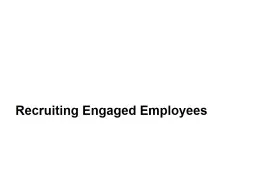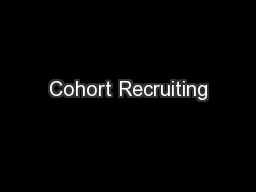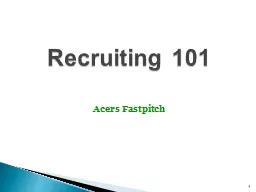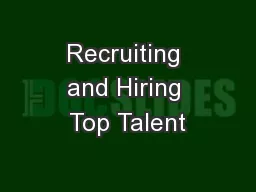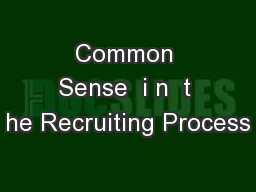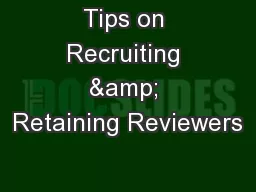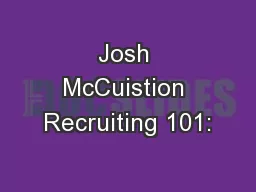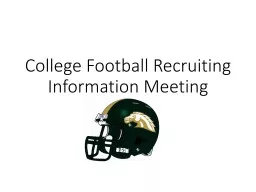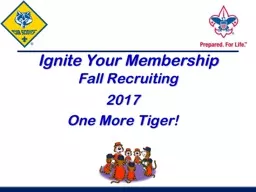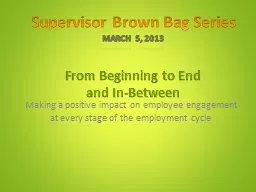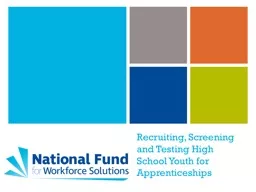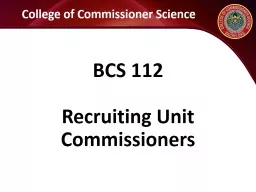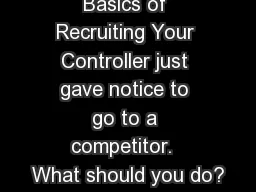PPT-Recruiting Engaged Employees
Author : pamella-moone | Published Date : 2020-01-14
Recruiting Engaged Employees Selecting the Wrong Person Can Be Terrifying I dont worry about hiring a great employee and having him leave in three months I worry
Presentation Embed Code
Download Presentation
Download Presentation The PPT/PDF document "Recruiting Engaged Employees" is the property of its rightful owner. Permission is granted to download and print the materials on this website for personal, non-commercial use only, and to display it on your personal computer provided you do not modify the materials and that you retain all copyright notices contained in the materials. By downloading content from our website, you accept the terms of this agreement.
Recruiting Engaged Employees: Transcript
Download Rules Of Document
"Recruiting Engaged Employees"The content belongs to its owner. You may download and print it for personal use, without modification, and keep all copyright notices. By downloading, you agree to these terms.
Related Documents

